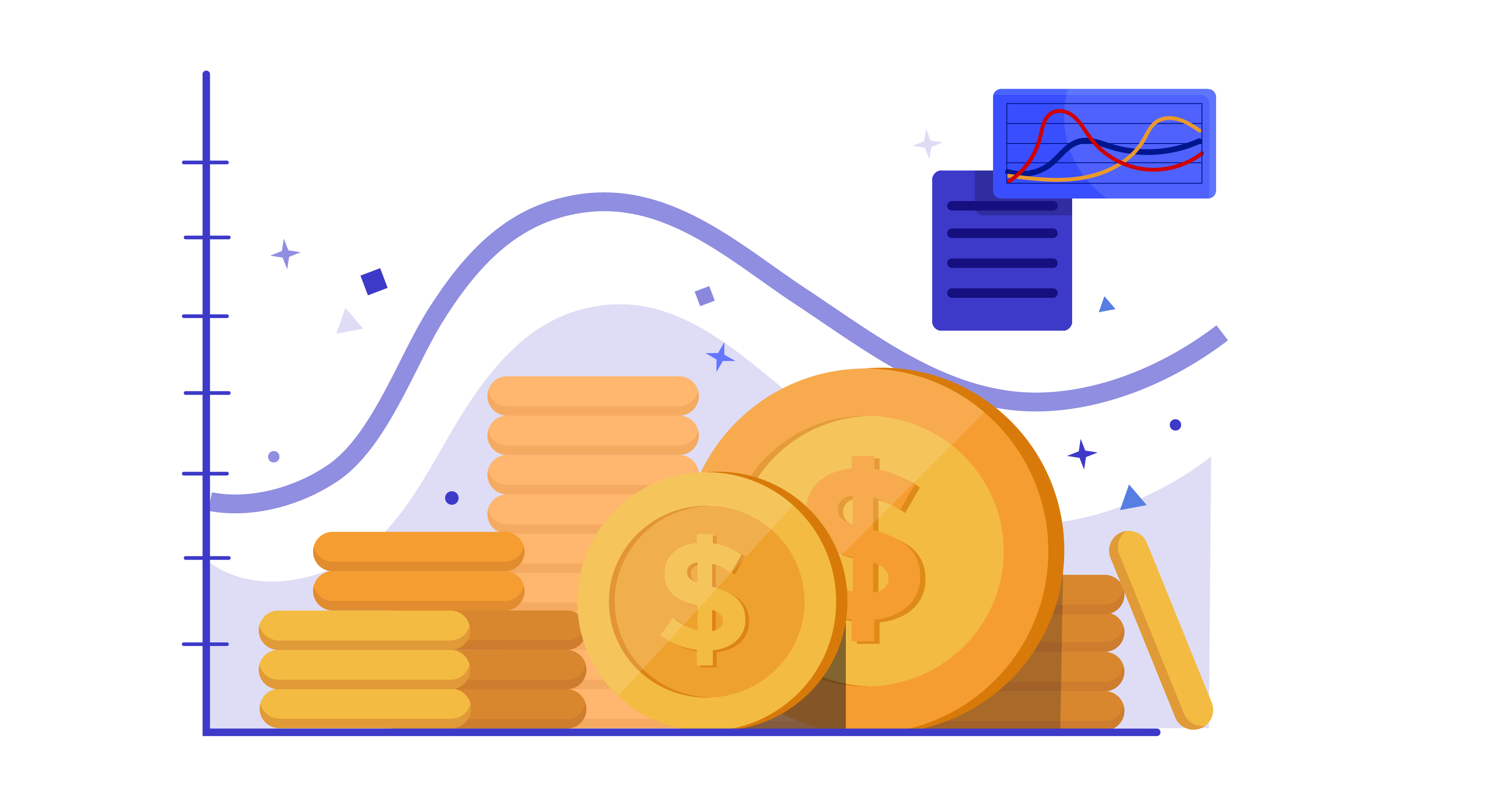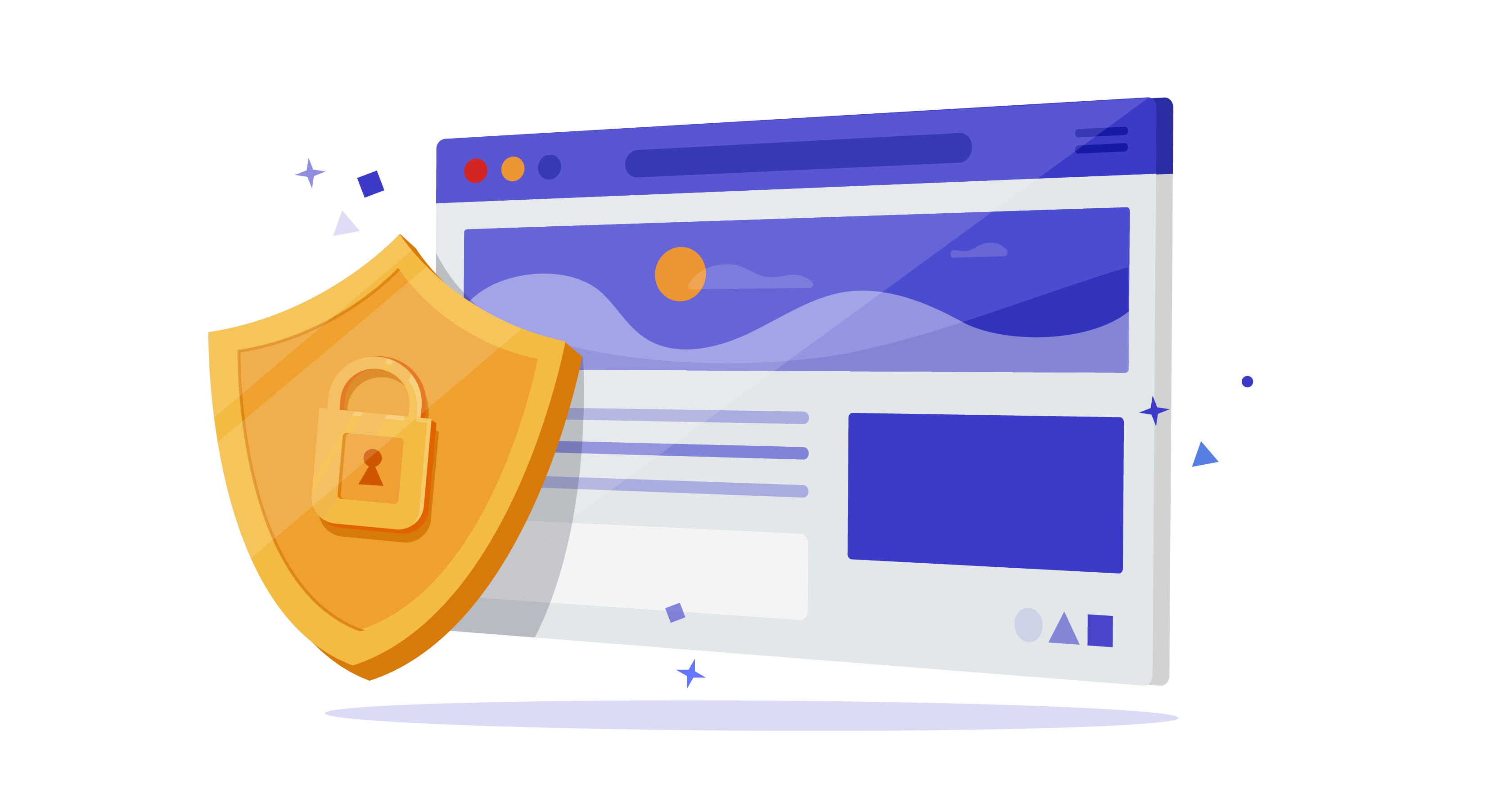| Subtotal | $0.00 |
| Subtotal | $0.00 |

For those new to the subject, a Content Delivery Network (CDN) makes sure your website multimedia assets reach the people accessing them without delay. It acts to compliment and supercharge your traditional hosting. To learn more about how this works, read What’s the Difference Between CDNs and Hosting?
In this article, we’re going to take an in-depth look at the benefits of a CDN, meaning the factors that make them high value for businesses of all sizes. You might even say they’re the modern heroes of website customer experience…

These days websites serve a global audience, who expect instant delivery of high-quality multimedia files like videos and animation. This results in bigger bandwidth needs, and higher costs charged by your hosting provider.
But the real problem lies in latency, or delays in website pages loading so people can view them. If users from all over the world are making requests to your origin hosting server, it isn’t a problem for small text files, but larger multimedia files are a much heavier load to transport, which slows it down. Added to this issue, large amounts of content that needs to travel lengthy distances can suffer what’s called packet loss, that annoying stall that happens when you’re watching a video and it starts ‘buffering’.
The solution is CDN caching — multiple edge servers located at Points of Presence (PoP) around the world store your website’s static content (images and other files). So instead of content traveling from one place or hive, it’s delivered by a swarm of worker bees, closest to where each user accessing your website is located.
So no more latency or packet loss, because the CDN edge servers are taking over most of the heavy lifting. And just as importantly, this also means the bandwidth needed from your original hosting provider is greatly reduced, which saves you money.
Added to this, a good CDN will have the capacity to automatically reduce the file sizes of everyday site content, such as HTML and text, saving more bandwidth.
Research by Google shows that 53% of your website visits are likely to be abandoned if pages take longer than 3 seconds to load. That’s a huge loss in sales conversions for any business. And one out of two people expect a page to load in less than 2 seconds.
This makes it clear that latency, or pages that take longer than 5 seconds to load, can negatively impact your business in a major way. And what annoys people just as much, if not more, is when they’re streaming a video and it stalls.

This lag time happens when content is either traveling from a great distance to reach a user’s browser, or because too many people are accessing a website’s single hosted server at one time. If this user traffic gets too high, like when you have a really successful marketing campaign, it can even crash your site temporarily because the hosting server can’t keep up.
A recent survey by Superoffice found that 86% of people said they’d pay more for great customer experience. In 2020, customer experience is set to overtake price and product as the key brand differentiator.
With CDNs, because your site’s content is spread across the world on numerous edge servers, content delays become a thing of the past — your website visitors have a seamless experience, which ultimately means more sales and more brand loyalty.
It’s a recognized fact that Google loves website speed, because they’re all about great customer experience. Their Senior Webmaster Trends Analyst, John Mueller, even went so far in recent years as to recommend site HTTP load speed be less than 2 - 3 seconds. The Internet giant feels so strongly about this that they’ve made fast load time an SEO ranking factor. In other words, you’re automatically strengthening your site’s SEO with a content delivery network.
In other research findings — Unbounce published 7 interesting Page Speed Stats by Google. One of them was that websites which load in five seconds (compared to those that load in 19) see 70% longer average sessions (length of time people spend on your website). So when you’re spending money to drive traffic, load speed makes a big difference in ensuring you have greater return on investment. The longer people browse your offers, the higher your conversion rates.
You can check your website’s current load speed performance using any of these free tools: PageSpeed Insights, Mobile-Friendly Test, and Web Page Test.
Have you heard of Distributed Denial of Service (DDoS) attacks? These are a common type of cybercrime where shady types attempt to crash or drastically slow down a website with an overwhelming amount of fake traffic and access requests. They do this using a botnet, which amounts to numerous infected computers whose owners often don’t even know they’re being used to cause harm. To learn more about this, read How a CDN Can Help Protect Against DDoS Attacks.
Most people think that only large organizations are targeted. But unfortunately this is not the case, small to medium businesses are increasingly suffering DDoS attacks because they tend to be less protected than big corporations. And the worst part is that SMEs feel the pain of a cyberattack far more than big companies, because they don’t have huge IT departments to fix the problem quickly and also take longer to recover from revenue loss.
A 2018 Cybersecurity report by Cisco found that 54% of smaller businesses reported a single cyberattack costing them $500,000 or more. And 40% suffered downtimes of eight hours or more.

An added security feature of any good CDN is a Web Application Firewall (WAF). The regular firewall we all have on our computers protects against unauthorized access, by intercepting network connections. Without getting too technical in this article, traditional firewalls operate at security level 3 and 4 of the OSI Model. But this no longer cuts the mustard for modern websites.
In contrast, WAFs operate at Level 7 of the OSI Layer, they can dive deeper into analyzing HTTP traffic, to filter out specific content from web applications such as geolocation, IP, and more. When you have a CDN combined with WAF protection, you’re getting a major improvement to your website security.
Edge servers, spread out across the world, gather vast amounts of valuable user data. A good CDN will be able to give you in-depth, real-time traffic and customer behavior analytics, at your fingertips from a simplified dashboard. This is a goldmine of business intelligence, giving you the insights that will let you identify weaknesses across your digital customer journey.
And that’s just for starters. You can learn about geolocation, device types, user connectivity and more. The end result is enhanced audience engagement and more sales conversions.
This is a summary of the value that a quality content delivery network brings to website owners:
With all of these factors in mind, it’s not an exaggeration to say that CDNs are like modern website superheroes.
We’ve built a 20 year global track record of trust, for giving our customers a range of vital web services. From domains to helpful apps and cybersecurity. Our new CDN is currently available to Namecheap’s domain/DNS and managed EasyWordpress customers, and our hosting customers will soon be able to benefit too. Namecheap believes in giving people the business tools you need without the usual roadblocks — high quality, user-friendly and super affordable.
Need help? We're always here for you.